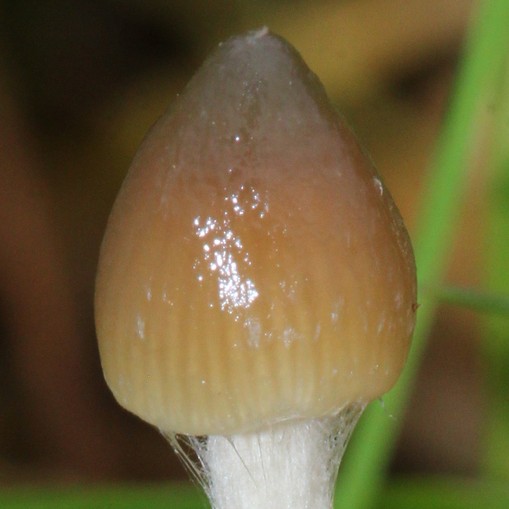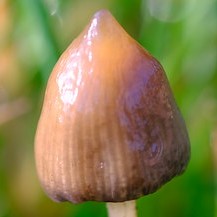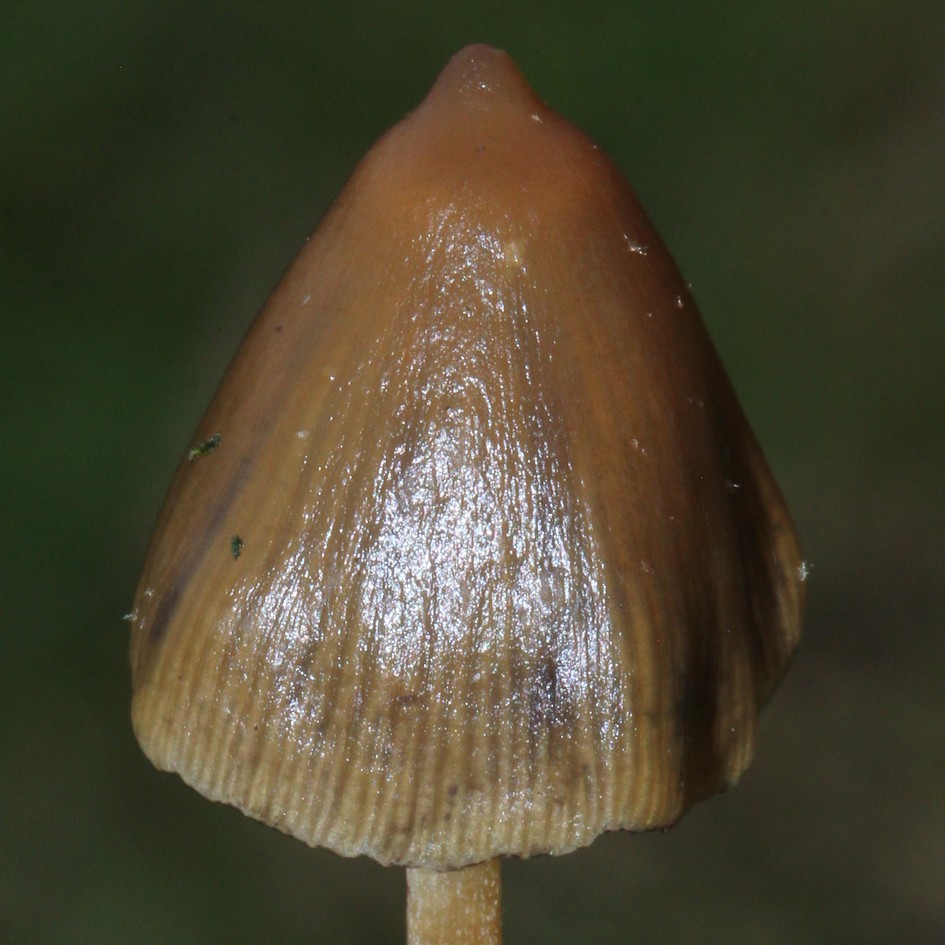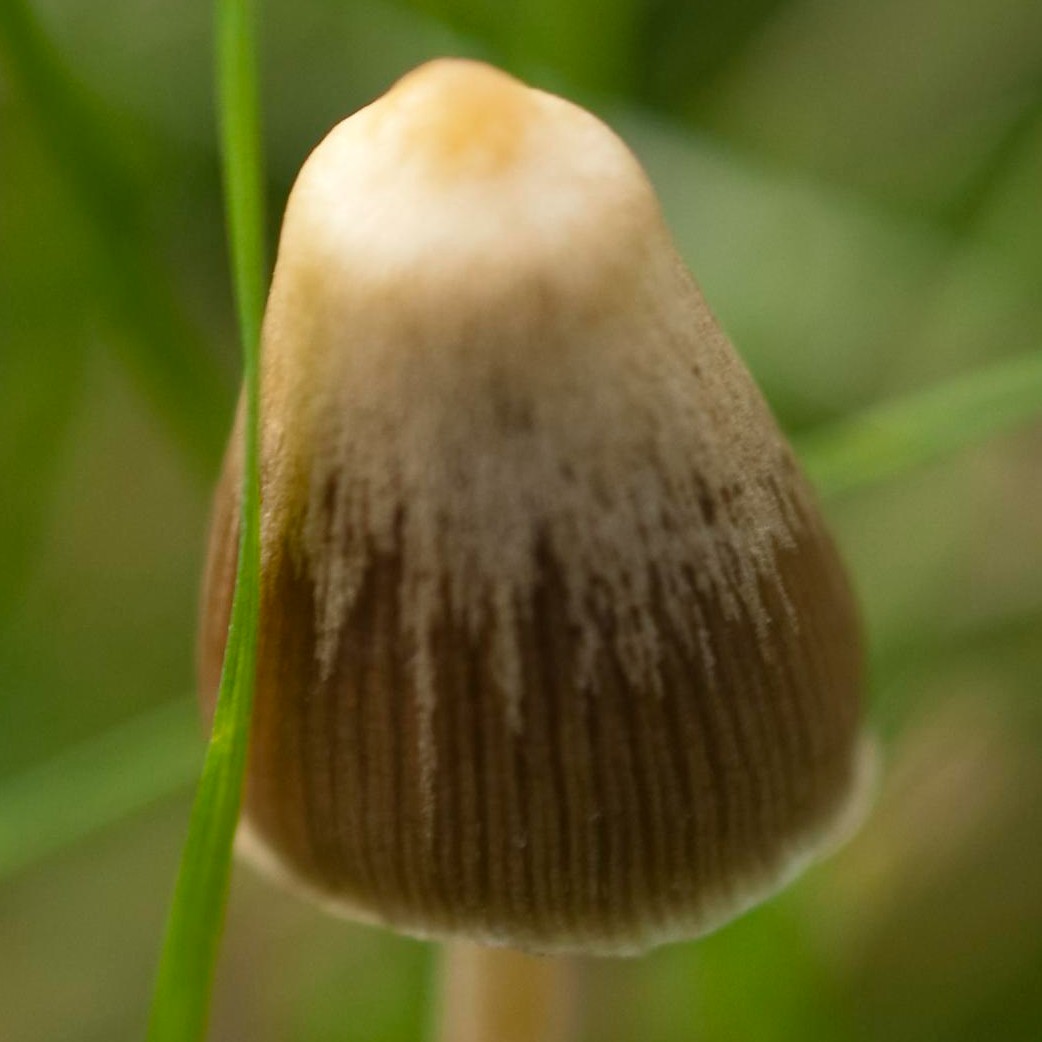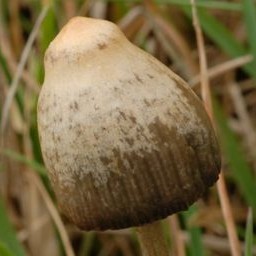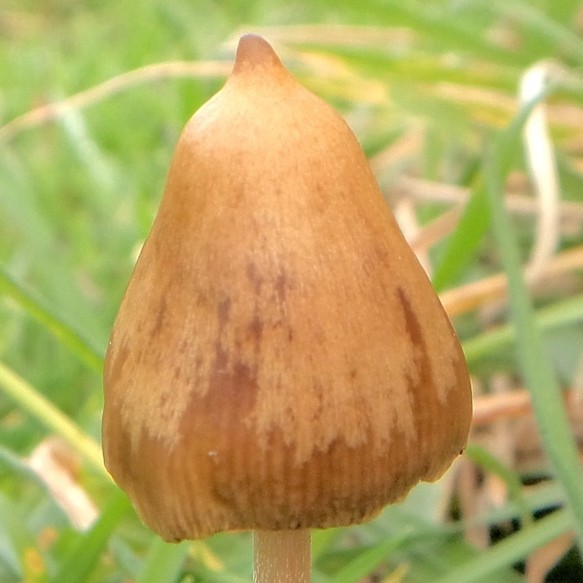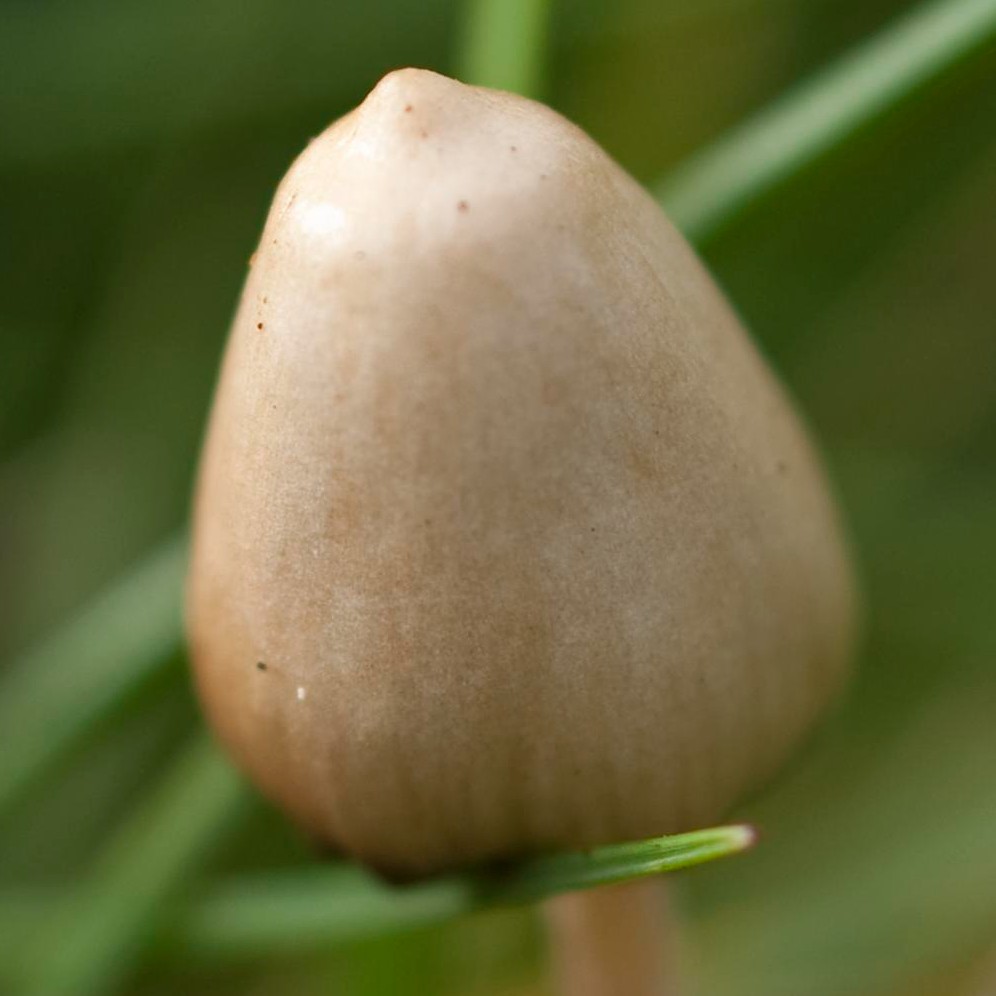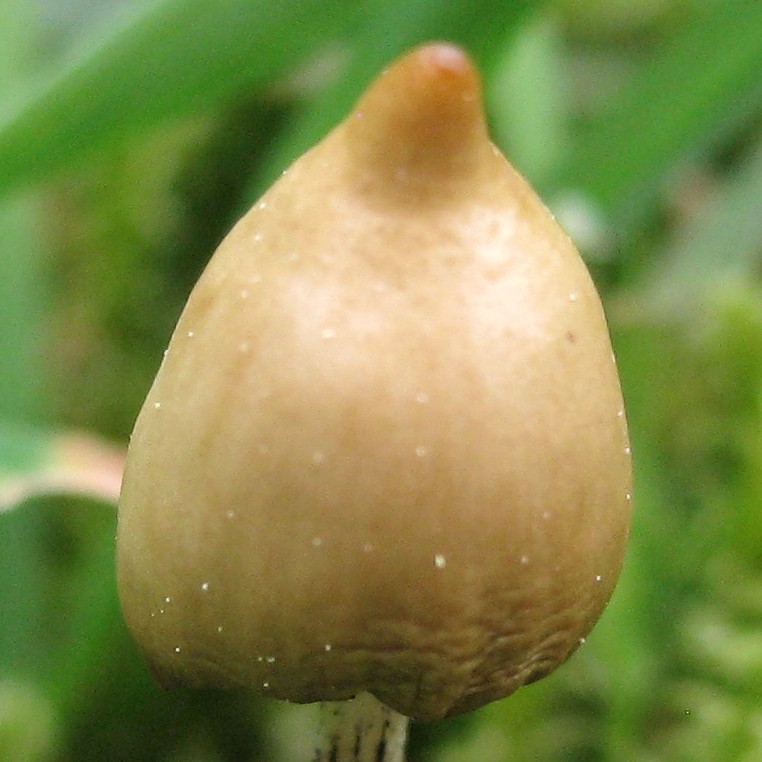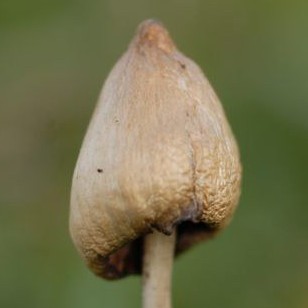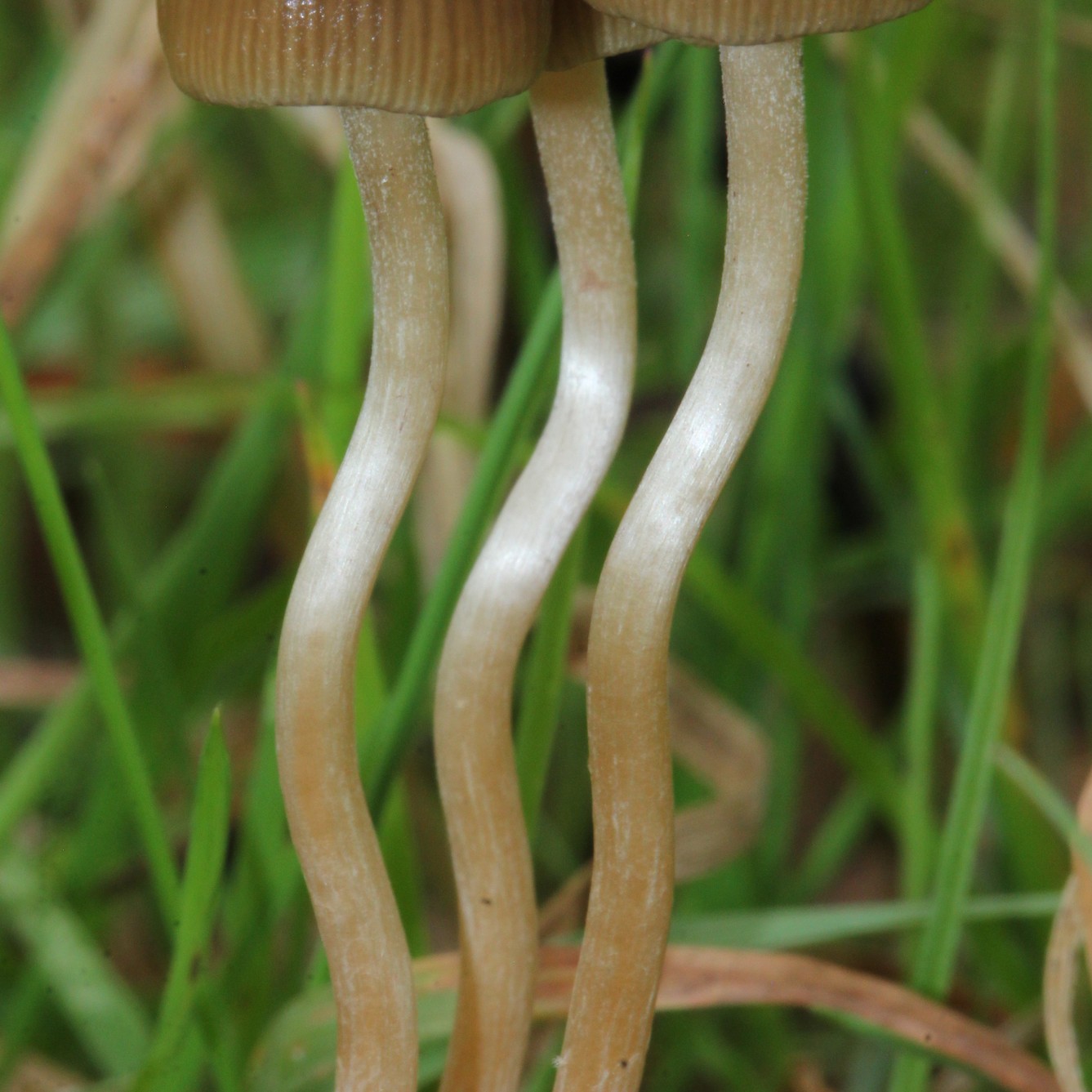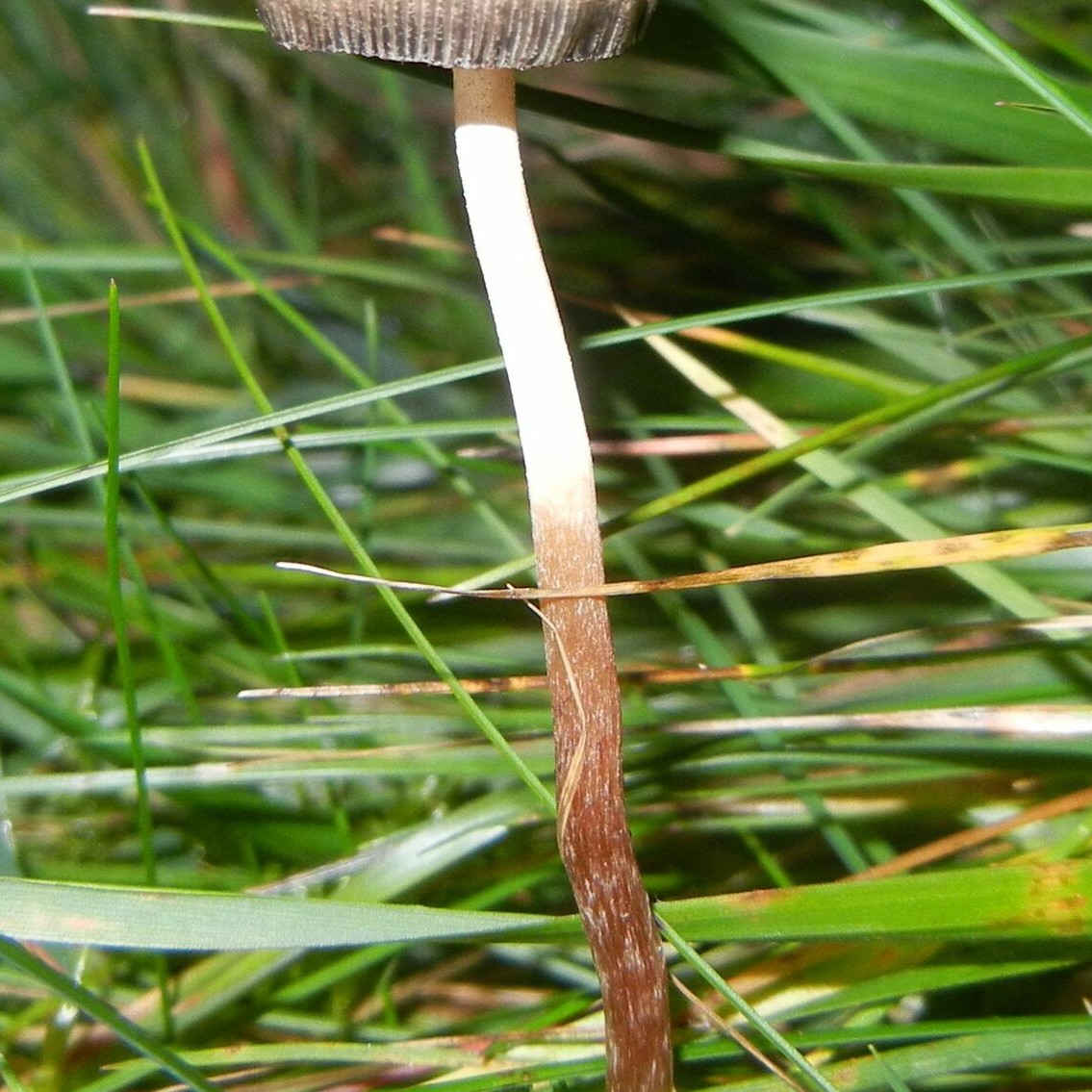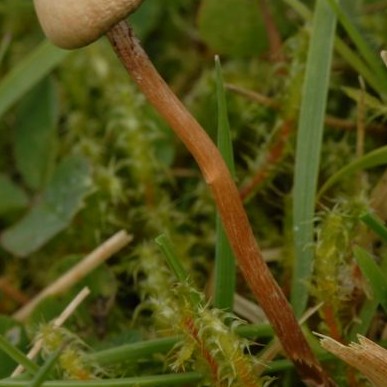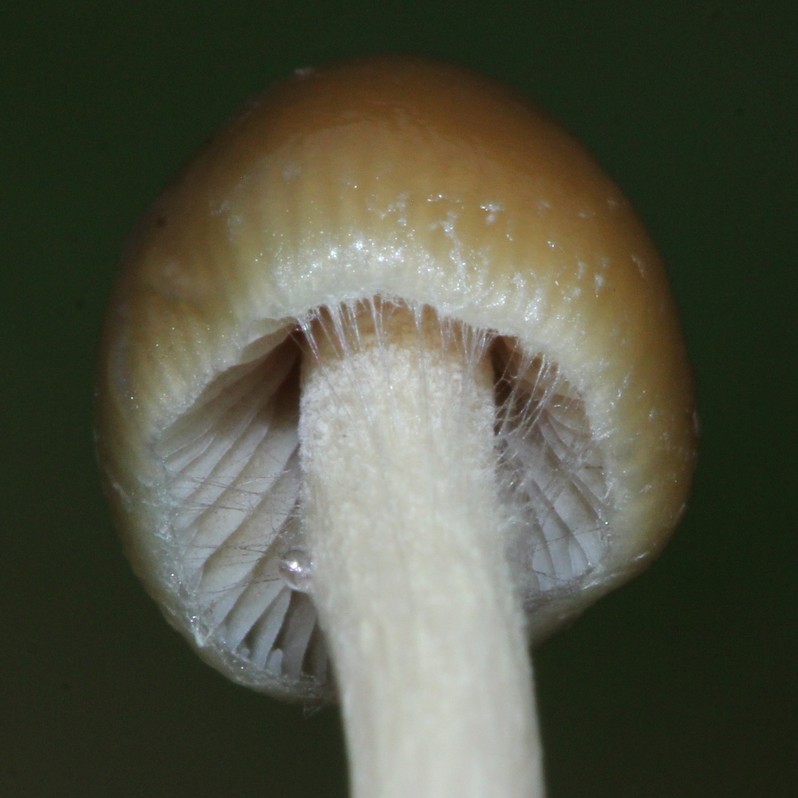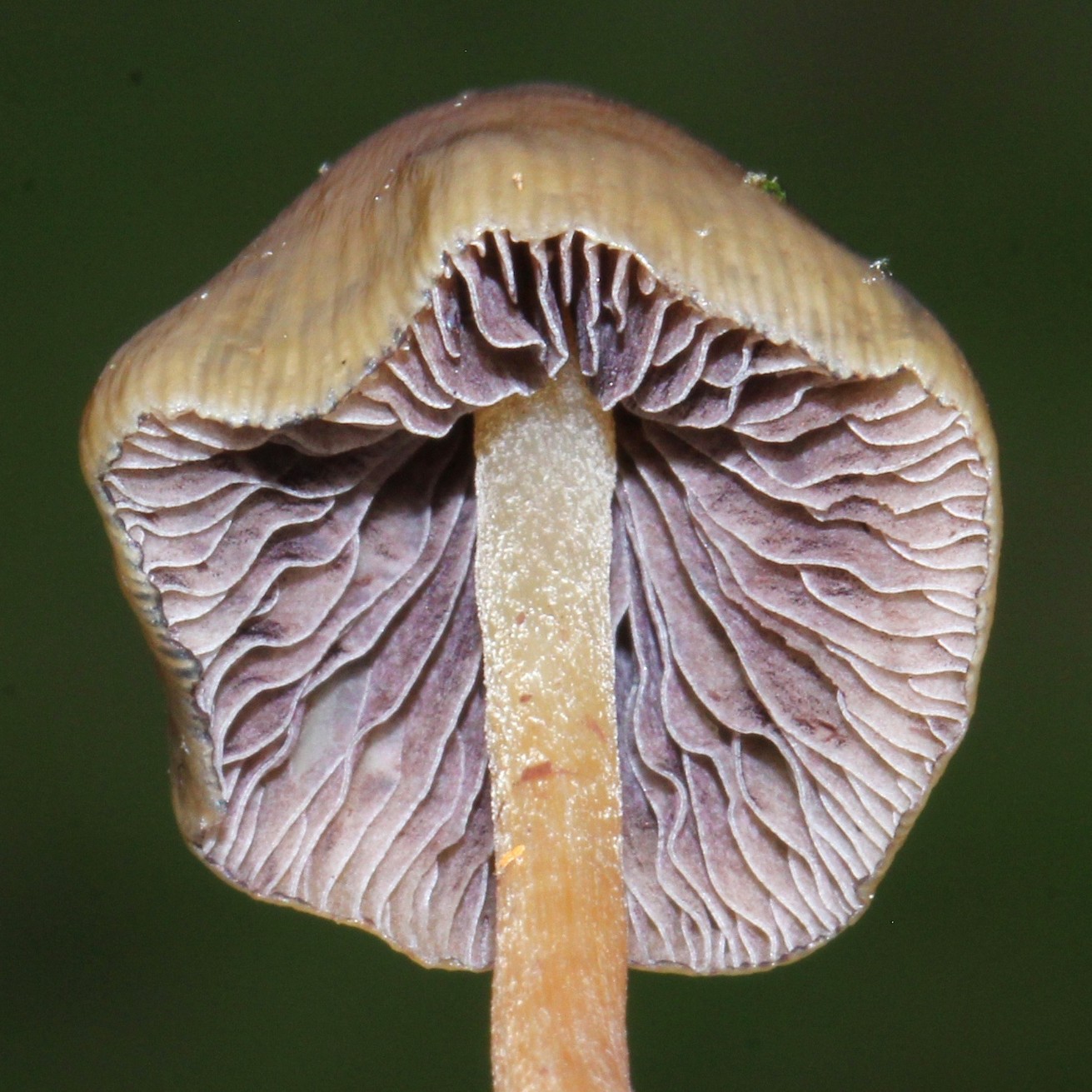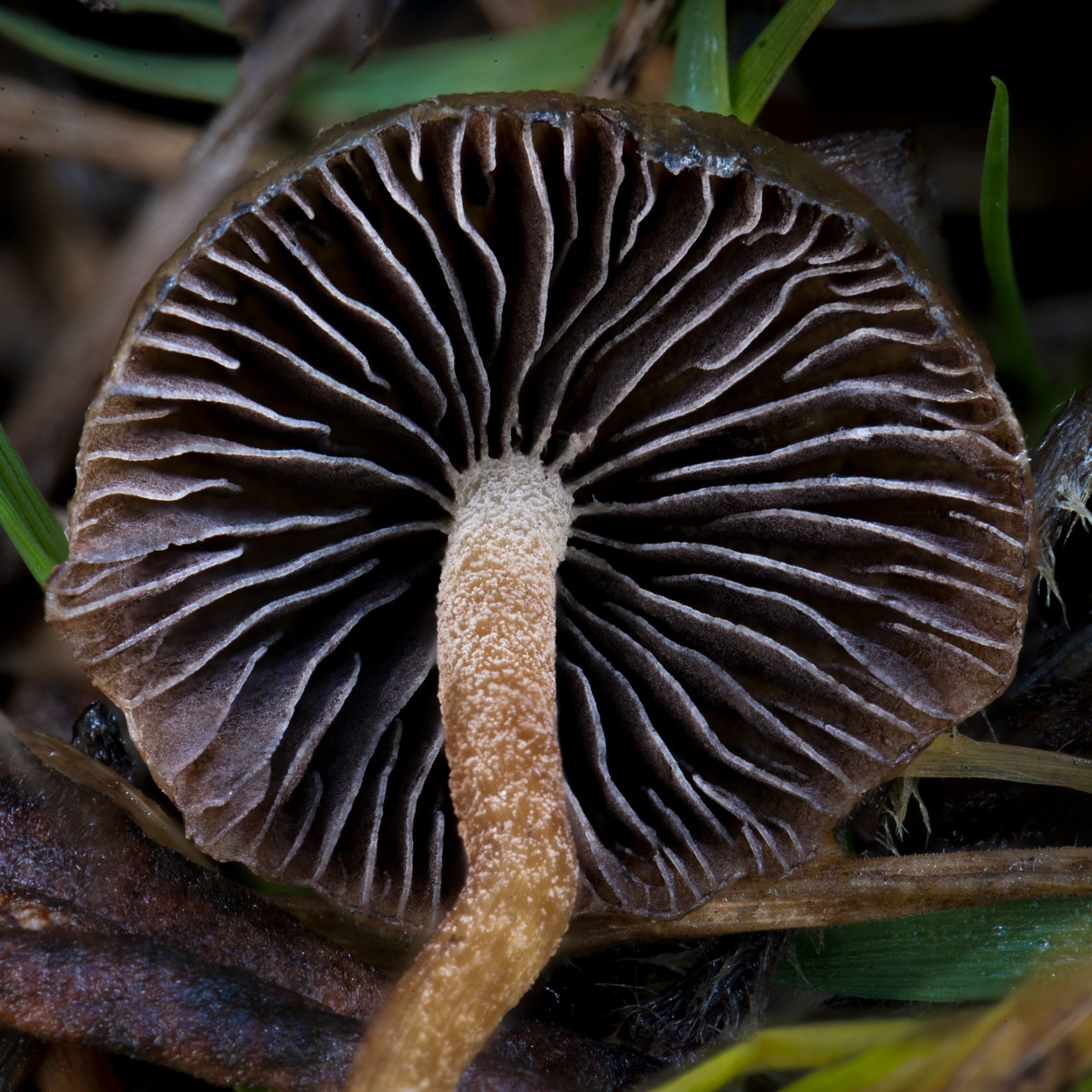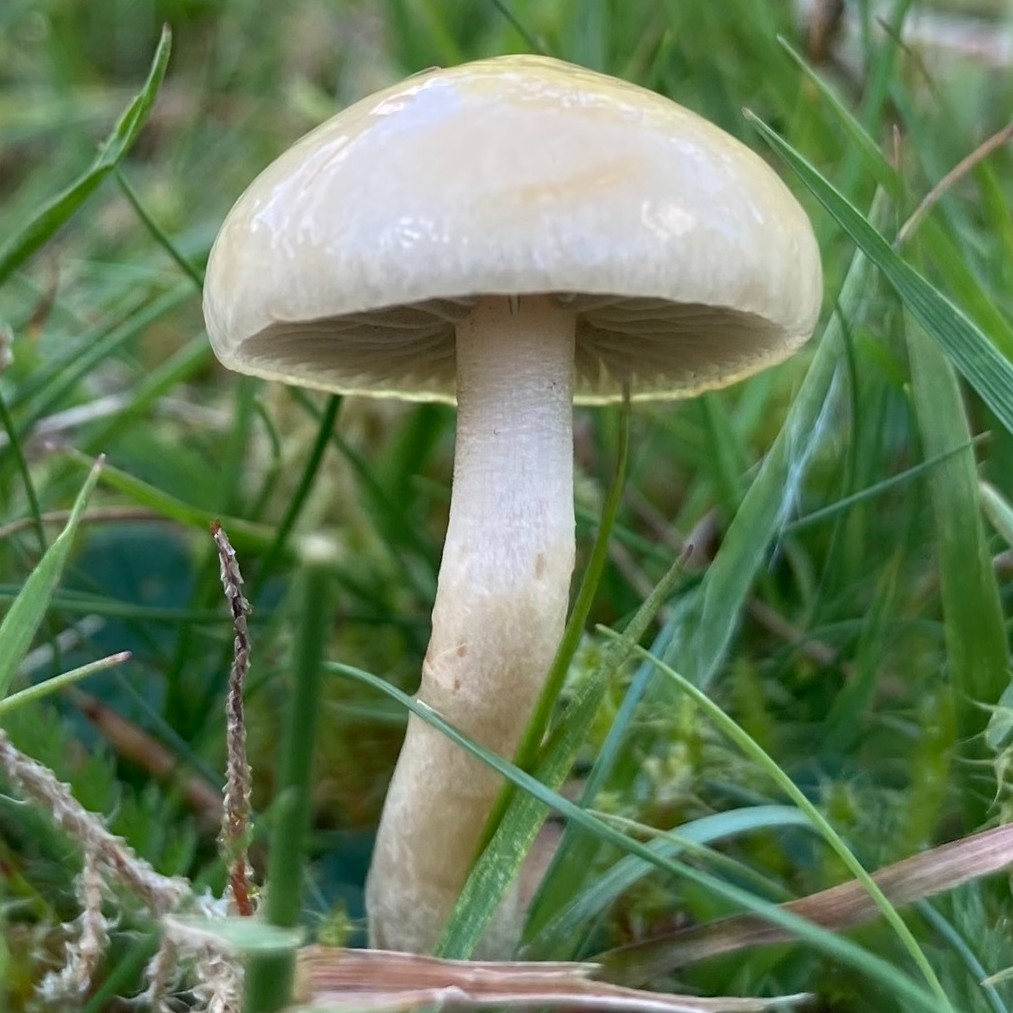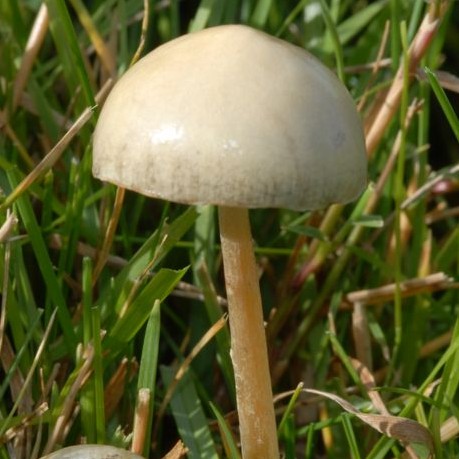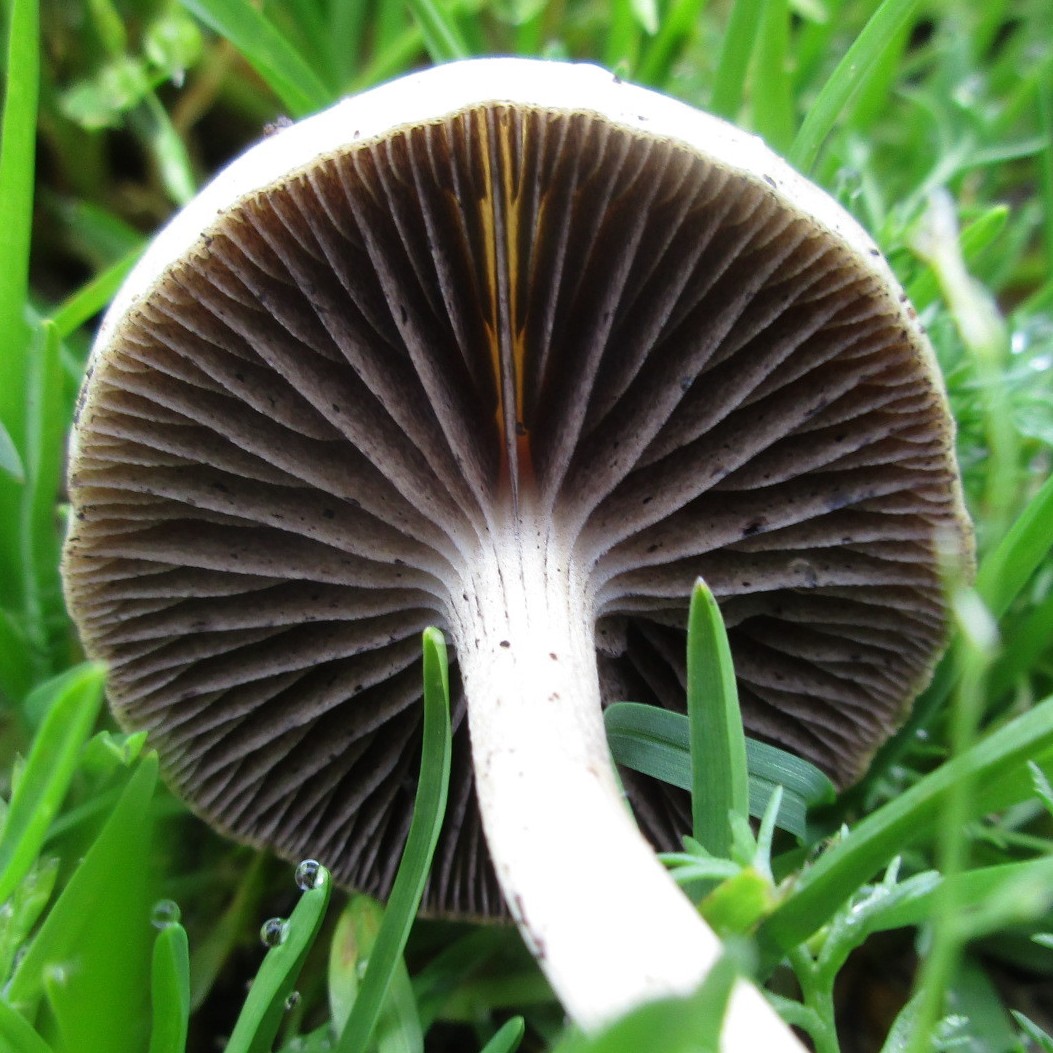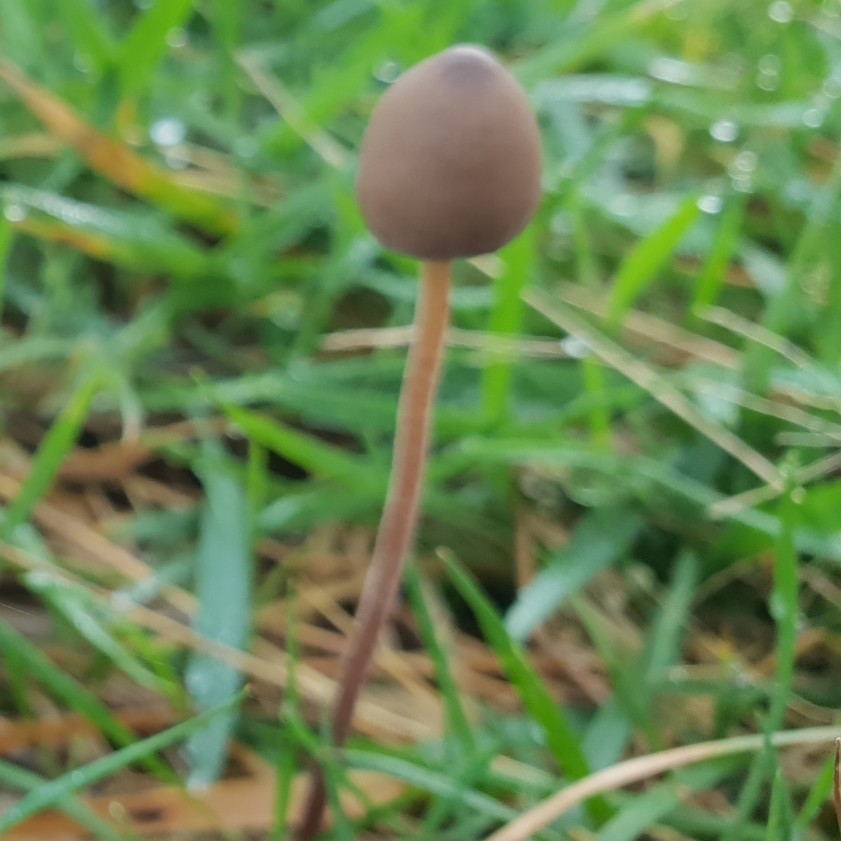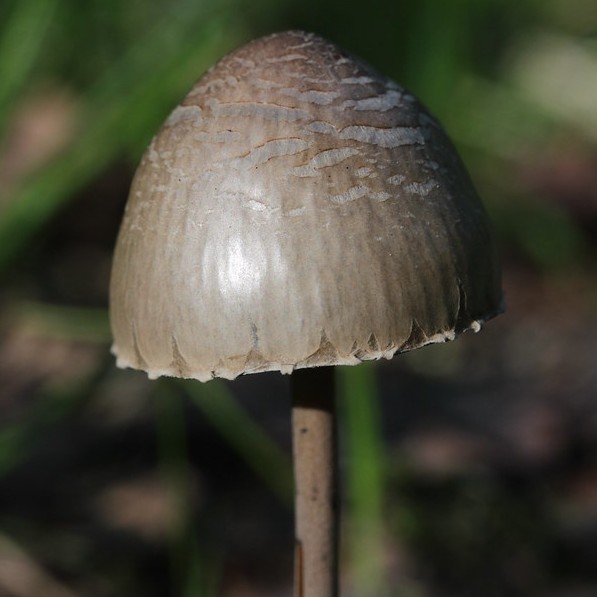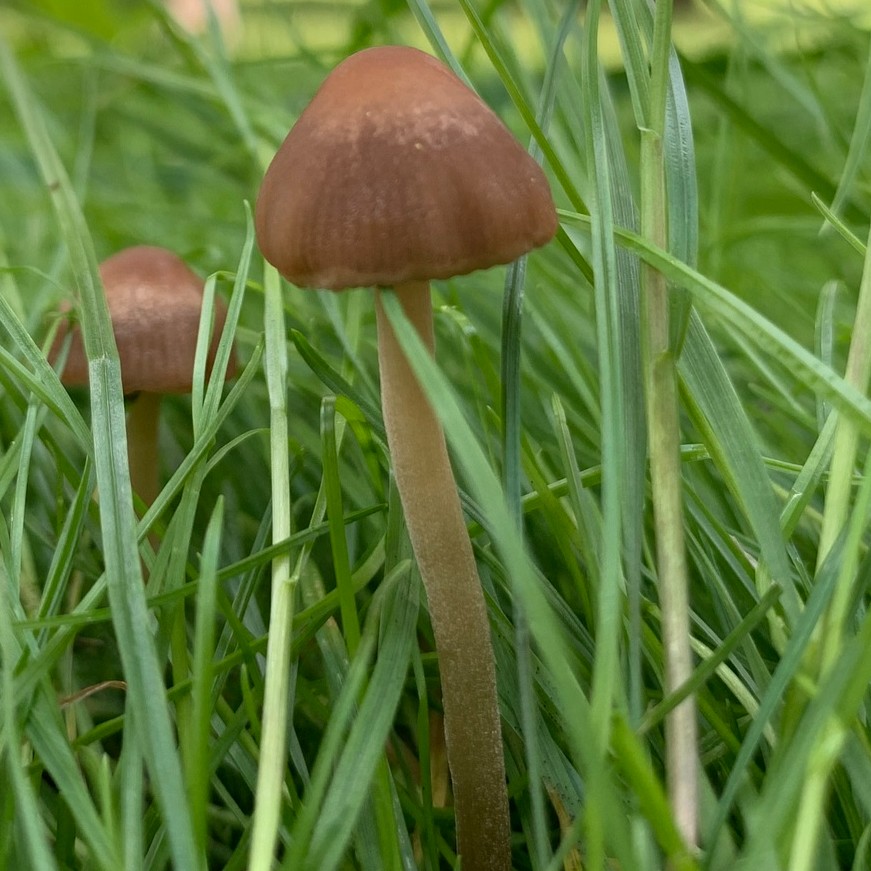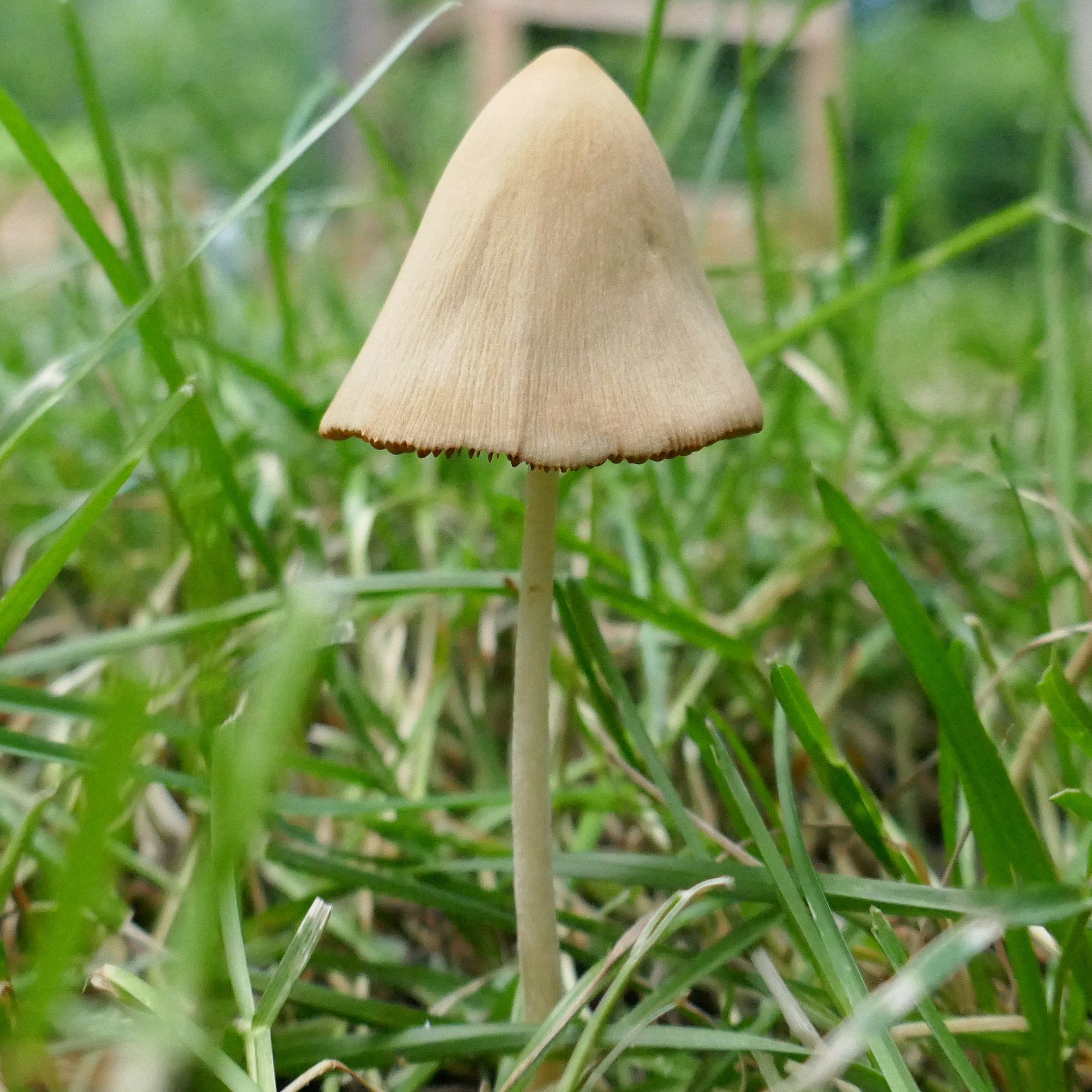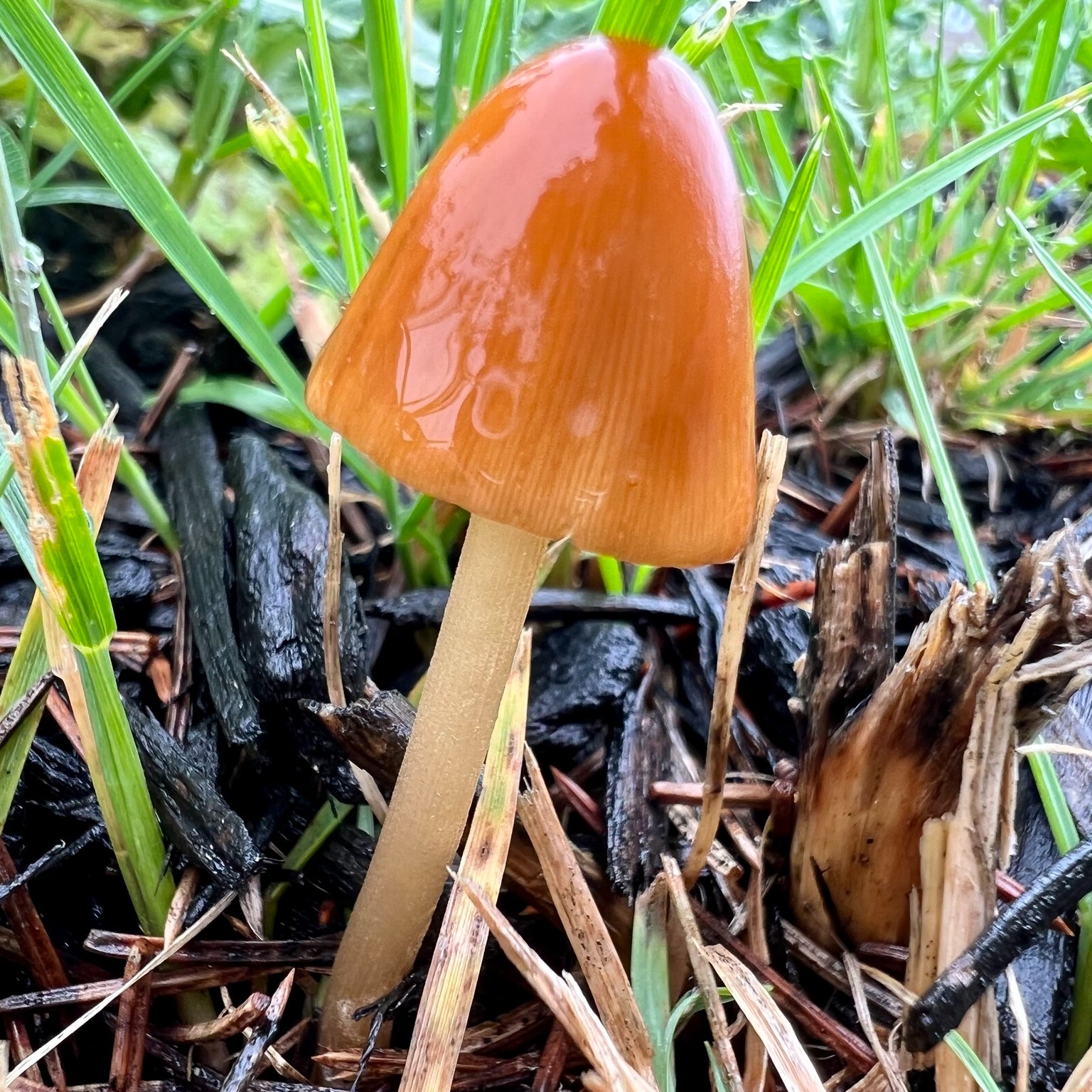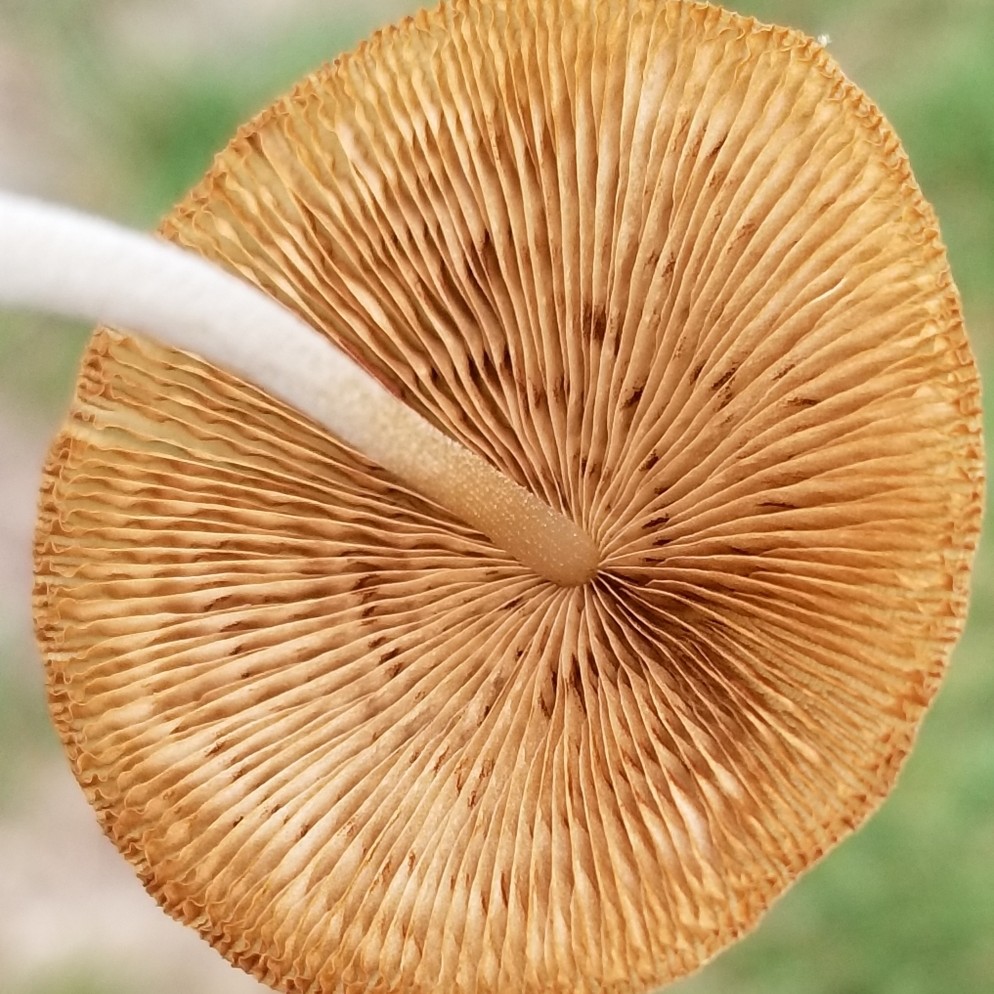The data-driven liberty cap field guide
Introduction
Psilocybe semilanceata, or the liberty cap, is a species of psilocybin-containing mushroom that grows in many parts of the world.
Its name comes from its resemblance to the liberty pole; a symbol of freedom originating in the Roman Empire. We like to imagine that Nature is in on the joke and reminding us of our fundamental right to explore consciousness.
If you’re reading this, you probably don’t need convincing as to why that right is important.
But you might be wondering what is known about where and when liberty caps grow, and how you can use that information to maximise your chance of being in the right place at the right time.
Well, you’re in luck, as that’s exactly what we’ve been researching since 2020. Jump to:
- Where do liberty caps grow?
Summary: Grassland with acidic soil that is not heavily compacted and contains a moderate amount of organic matter.
- When do liberty caps grow?
Summary: Mostly in the autumn but sometimes extending into late summer and early winter. The typical start, peak and end of the season varies by region and the arc in a specific year depends on weather.
- What do liberty caps look like?
Summary: Read this section carefully and get a second and third opinion if in any doubt. Do not eat anything you cannot confidently identify!
Where do liberty caps grow?
Background
A quick search will reveal that liberty caps grow on grassland. But that doesn’t mean you should go running straight to the nearest field.
The liberty cap is the fruiting body of an underground network of threadlike mycelium. Like any organism, Psilocybe semilanceata has evolved to thrive in a particular ecological niche. Although grassland can look very similar on the surface, the soil that our beloved fungi calls home can differ wildly in terms of its physical, chemical and biological properties.
If you dig a little deeper you’ll be advised to limit your search to rich1,2, acidic1,3 grassland.
All Psilocybe species are saprotrophs meaning that they obtain nutrients by breaking down organic matter (as opposed to establishing symbiotic or parasitic relationships with other organisms). Rich refers to soil that is high in organic matter and so it makes sense to focus our attention there; no food, no fungi! A laboratory study4 found that Psilocybe semilanceata penetrates and feeds on decaying grass roots which may explain its particular affinity for grassland.
Acidic soil has a pH below 7. Gastón Guzmán - mycologist and foremost expert on the Psilocybe genus - analysed the substrates of numerous Psilocybe species found in Mexico and found they were all acidic.1 Liberty caps do not grow in Mexico but are unlikely to be an exception to this rule. Fellow mycologist Jochen Gartz has stated - seemingly based on his field experience across Germany - that they too favour acidic soil.3
Our research
Our review left us with a few questions:
- What levels of richness and acidity are optimal?
- Are there other important variables to watch out for?
- What is the relative importance of each variable and how do they all interact?
- How do I practically identify suitable grassland in my area?
We decided to use statistical modelling to learn more about the relationship between liberty caps and their environment based on thousands of crowdsourced reports5 with coordinates.
Our habitat model predicts how suitable any patch of grassland is for liberty caps based on information about the soil. We then display highly suitable locations on our map. The current version of the model accounts for differences in: organic carbon content, pH, bulk density, coarse fragments content, sand content, silt content, clay content, cation exchange capacity, and total nitrogen.6
We found that liberty caps are most sensitive to the following three variables (in descending order):
Bulk density is a measure of soil compaction calculated as the dry weight of soil divided by its volume. Bulk density of 0.8-1.0g/cm3 appears to be optimal. Suitability decreases relatively quickly above 1g/cm^3. As far as we know this is new advice for liberty cap foraging. However, it is consistent with a study7 finding that fungal populations in soil decreased as bulk density was increased between 1.0 and 1.6 g/cm3. It is thought that plant roots struggle to penetrate heavily compacted soil which limits available nutrient sources for fungi.
Organic carbon is the largest component of soil organic matter which - as discussed above - is the nutrient source for Psilocybe semilanceata. Organic carbon content of 5-15% appears to be optimal. Organic matter retains water and beyond 15% organic carbon content we are moving into the world of poorly-drained peatlands where saprotrophs struggle in anaerobic conditions.
pH expresses acidity vs. alkalinity. We found that liberty caps follow other Psilocybes in their preference for acidic substrates with pH of 4.0-6.0 appearing to be optimal.
You may have noticed we haven’t said anything about animals. Liberty caps do not have a direct relationship with animals like some Psilocybes such as the dung-loving Psilocybe cubensis. That said, animals can affect soil which can be good or bad news. For example, a meta-analysis8 of 287 studies investigating the impact of livestock grazing on soil concluded that light grazing tends to significantly increase organic carbon (potentially good) whereas heavy grazing tends to significantly decrease organic carbon and increase bulk density (potentially bad).
When do liberty caps grow?
Background
So far we’ve learned about where Psilocybe semilanceata is likely to thrive underground. But when does it send liberty caps aboveground on their reproductive mission to release spores?
Liberty caps grow mainly in the autumn but can also sometimes be found in late summer or early winter. However, not all autumnal days are equally good for a hunt.
Fruit body production within a season is linked to weather conditions with the key drivers being temperature and rainfall9 (mushrooms are 90% water10).
Studies across a variety of fruit-producing fungi show11,12,13,14 that annual differences in season length and total yield can be explained by differences in weather conditions. Studies15 using longer-term datasets have found evidence of fruiting windows shifting, often accompanied by a lengthening or shortening, due to climate change.
These studies are not specific to liberty caps. Even if they were, they relate post-season variables (e.g. first fruiting, last fruiting, total yield) to whole-season weather conditions. This is of little practical use to someone who finds themselves in the middle of a season wondering: how likely am I to find liberty caps today compared to this time next week?
To date our best guides on this question have been veteran liberty cap hunters whose insights can be found scattered across obscure corners of the web. For instance, the excellent Nordic Liberty Cap Hunter’s Field Guide16 states that “in the high season, the average air temperature will be between +5 and +15°C (night temperature below 10°C). Also, there has to be a lot of rain…”.
Our research
Once again our review left us with a few questions:
- Is it possible to validate and refine the rules-of-thumb used by experienced foragers?
- How can I practically identify when weather conditions in my area are optimal?
The crowdsourced reports we used to train our habitat model are linked not only to coordinates but also to dates. We therefore trained a statistical model relating liberty cap fruiting to weather conditions in the preceding days, weeks and months. We use this weather model to produce a weather suitability forecast which is displayed on our map.
We found that liberty cap fruiting is most sensitive to weather conditions considered over timespans of at least 10 days. This is consistent with previous studies11 of other fungi finding little relationship between fruiting and weather conditions over shorter timespans.
Based on our modelling, an optimal temperature profile over the course of two weeks appears to be:
- average mean of 11.5°C (suitable range of 8.5-14°C)
- average minimum of 9°C (suitable range of 6.5-11.5°C)
- average maximum of 14°C (suitable range of 10-17°C)
Fruiting likelihood decreases as the average diurnal temperature range (the daily maximum minus the daily minimum) increases beyond 6.5°C. It’s therefore worthwhile to check not only that average mean, minimum and maximum temperatures are within suitable ranges, but also that the average diurnal temperature range is not too high.
When it comes to rainfall our findings are not likely to surprise any mushroom forager. The more, the better; although there are diminishing returns. We initially expected that fruiting likelihood may not only taper off but eventually decrease due to water-logging limiting the availability of oxygen. However, we did not find clear evidence to support this hypothesis. Perhaps this is because the required amount of rainfall occurs too infrequently to adequately model, and/or because Psilocybe semilanceata prefers lower bulk density soils which tend to drain well.
What do liberty caps look like?
If you’ve made it this far you now know where and when liberty caps are most likely to grow. But what do they look like?
Before proceeding, we emphasise that mushroom identification should be approached seriously and with caution. You should never eat a mushroom if you are not assured of its identity. If you are in any doubt about a particular specimen, you should either discard it or seek an expert opinion.
Liberty caps come in a range of shapes, sizes and colours. There is no single characteristic that uniquely identifies liberty caps compared to other mushrooms you might run into in similar habitats. It is therefore important to consider the evidence across all characteristics.
Cap
The cap is most commonly cone or bell-shaped and taller than it is wide. There is usually a small nipple-like protrusion on top although this is not always visible especially in younger specimens. The bottom of the cap starts off rolled inwards and flares out with age (first row).
The cap changes colour based on its state of hydration.
When wet, it is a chestnut or caramel brown and translucent such that the gills can be seen running vertically down the underside (first row). The surface will also feel sticky due to a thin, transparent film which can be peeled from the surface.
As the cap dries out, it changes colour starting from the top down (second row) to ivory or cream (third row). It also turns opaque such that the gills can only be seen towards the bottom (if at all).
You can use this colour-shifting behaviour to help identify similar-looking mushrooms; a wet liberty cap should not be light, and a dry one should not be dark.
Stem
The stem is ivory to pale brown and often darker towards the base. It is around 4-10cm long, 1-3mm thick and usually slightly wavy rather than completely straight. The surface is smooth but if you look closely you will see it is made up of fibres. The stem is also fairly flexible; if you apply light pressure it should spring back rather than snap in two.
Gills
The gills turn from grey to purplish-brown with age as spores are released. The gills slope upwards and only attach to the stem right at the top (the attachment is adnexed).
Common lookalikes
We now turn our attention to other mushrooms you are likely to run into in similar habitats to liberty caps. This list is by no means exhaustive, and common lookalikes may vary in your region.
Protostropharia semiglobata
This dung-loving mushroom is common in grazed grassland. The cap is similar in colour to a dry liberty cap. However, it is shaped more like a hemisphere than a cone or bell hence its name (hemispherical liberty caps are uncommon). Other clues that we are not looking at a liberty cap are: the absence of a nipple, a slightly thicker stem, and the way the gills are widely attached to the stem.
Panaeolous species
Many species in the Panaeolus genus are common in grassland. The stems of Panaeolusspecies are often brittle and will snap easily when bending. In the first two examples below, the caps are dry yet still dark in colour. In the second two examples, the caps are more rounded than pointy and lack distinctive nipples.
Conocybe species
Various species in the Conocybe genus are common in grassland. Most have cone or bell-shaped caps but lack a nipple. Like Panaeolus species, the stems are often brittle and will snap easily when bending. Both caps in the examples below lack nipples. The cap of the first (Conocybe apala) looks very fragile, and the cap of the second (Conocybe tenera) has strong orange tones. The gills of both Conocybe apala and Conocybe tenera start off pale brown and turn to rust or cinnamon brown.
Conclusion
We hope this has been an informative summary of what is known about where and when liberty caps grow.
We’re confident the locations on our map are the best place to start if you don’t already know of any spots in your area (we use them ourselves!). However, there is a degree of uncertainty involved and we cannot guarantee that liberty caps are present at every single location. For example, although we’ve taken care to limit the map to regions where liberty caps are widely dispersed, spores may not yet have reached every suitable location within those regions.
Similarly, we’re confident our forecast is the best guide to timing your outings to find the greatest yield. However, there is some uncertainty in the underlying weather forecasts and it is likely we have not (yet!) fully modelled all factors that influence fruiting.
Patience is key when foraging. You may need to search several locations until you find one that is overflowing with liberty caps. We recommend planning routes through multiple locations which you can quickly scout before deciding whether to linger for a more forensic examination. A scenic route also makes your outing more enjoyable whatever the outcome.
If you have any feedback or suggestions, please do get in touch as we are always looking to learn and improve. Finally: this resource would not exist without your continued support, so thank you and good luck out there!
References
- Guzman, G. (1983). The Genus Psilocybe: A Systematic Revision of the Known Species Including the History, Distribution and Chemistry of the Hallucinogenic Species. J. Cramer.
- Stamets, P. (1996). Psilocybin Mushrooms of the World: An Identification Guide. Clarkson Potter/Ten Speed.
- Gartz, J., Appelius, C., Taake, C., & Falk, B. (1996). Magic Mushrooms Around the World: A Scientific Journey Across Cultures and Time : the Case for Challenging Research and Value Systems. LIS Publications.
- Keay, S. M., & Brown, A. E. (1990). Colonization by Psilocybe semilanceata of roots of grassland flora. Mycological Research, 94(1), 49-56.
- GBIF.org (2023), Psilocybe semilanceata.
- ISRIC (2020), SoilGrids.
- Li, C. H., Ma, B. L., & Zhang, T. Q. (2002). Soil bulk density effects on soil microbial populations and enzyme activities during the growth of maize (Zea mays L.) planted in large pots under field exposure. Canadian journal of soil science, 82(2), 147-154.
- Lai, L., & Kumar, S. (2020). A global meta-analysis of livestock grazing impacts on soil properties. PLoS One, 15(8), e0236638.
- Moore, D., Gange, A. C., Gange, E. G., & Boddy, L. (2008, January). Fruit bodies: their production and development in relation to environment. In British Mycological Society Symposia Series (Vol. 28, pp. 79-103). Academic Press.
- Stamets, P. (2011). Growing Gourmet and Medicinal Mushrooms. Clarkson Potter/Ten Speed.
- Salerni, E., Laganà, A., Perini, C., LoPPI, S., & DOMINICIS, V. D. (2002). Effects of temperature and rainfall on fruiting of macrofungi in oak forests of the Mediterranean area. Israel Journal of Plant Sciences, *50*(3), 189-198.
- Büntgen, U., Egli, S., Galván, J. D., Diez, J. M., Aldea, J., Latorre, J., & Martínez-Peña, F. (2015). Drought-induced changes in the phenology, productivity and diversity of Spanish fungi. Fungal Ecology, 16, 6-18.
- Taye, Z. M., Martínez-Peña, F., Bonet, J. A., de Aragón, J. M., & de-Miguel, S. (2016). Meteorological conditions and site characteristics driving edible mushroom production in Pinus pinaster forests of Central Spain. Fungal Ecology, 23, 30-41.
- Karavani, A., De Cáceres, M., de Aragón, J. M., Bonet, J. A., & de-Miguel, S. (2018). Effect of climatic and soil moisture conditions on mushroom productivity and related ecosystem services in Mediterranean pine stands facing climate change. Agricultural and Forest Meteorology, 248, 432-440.
- Boddy, L., Büntgen, U., Egli, S., Gange, A. C., Heegaard, E., Kirk, P. M., ... & Kauserud, H. (2014). Climate variation effects on fungal fruiting. Fungal Ecology, 10, 20-33.
- Knarkkorven (2015), Nordic Liberty Cap Hunter’s Field Guide.
